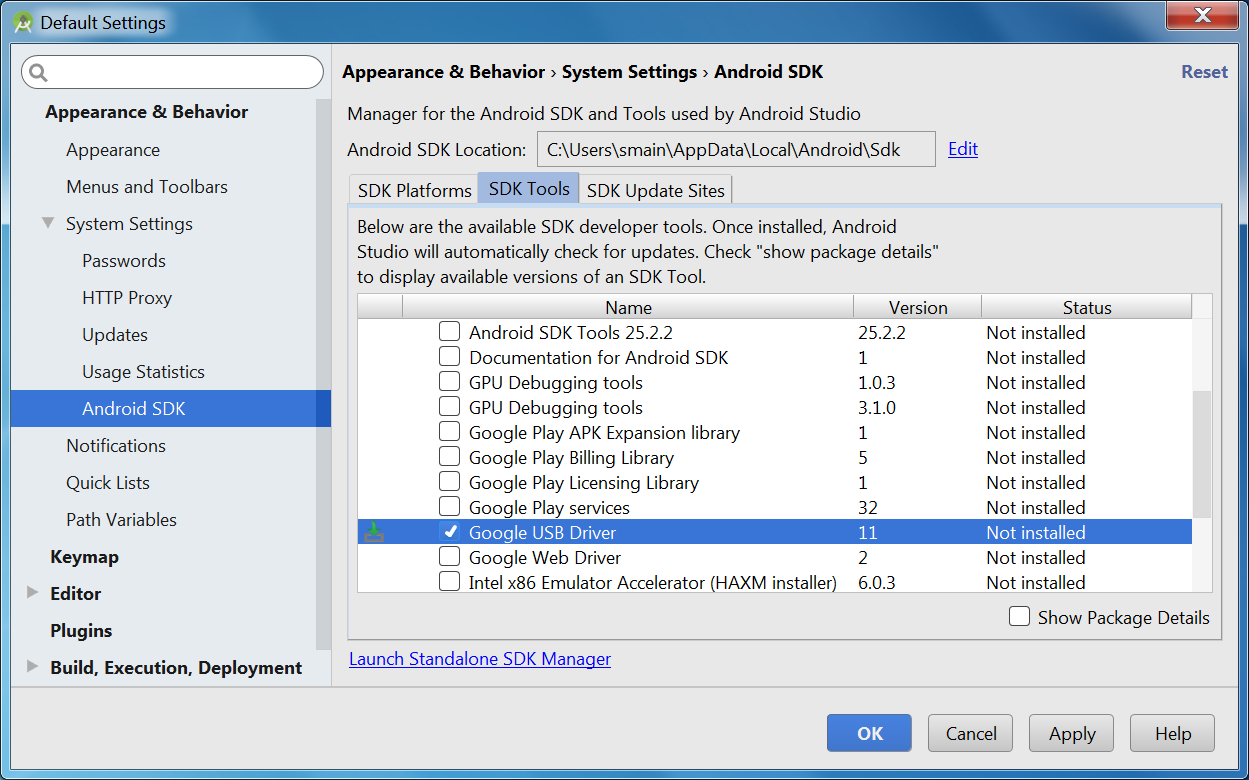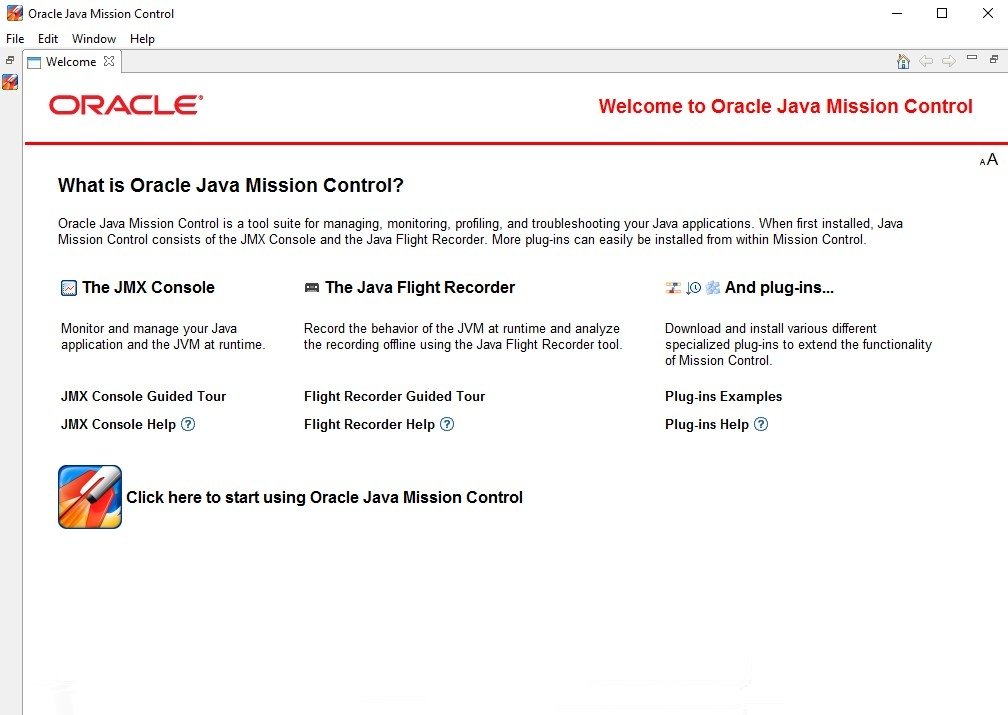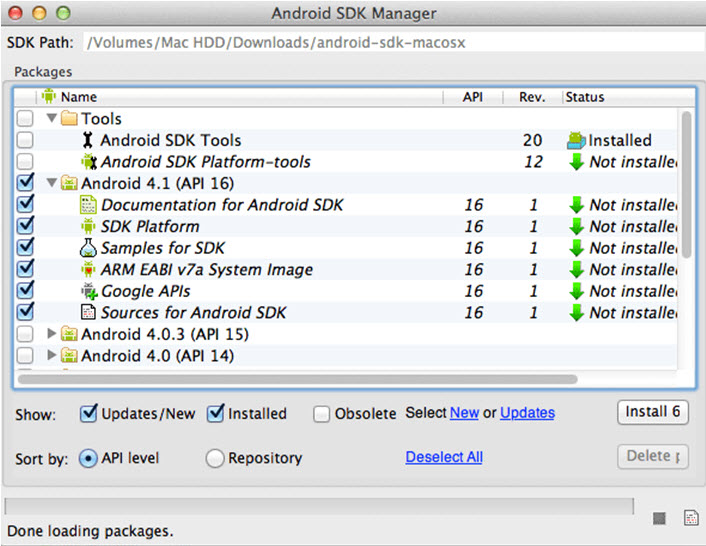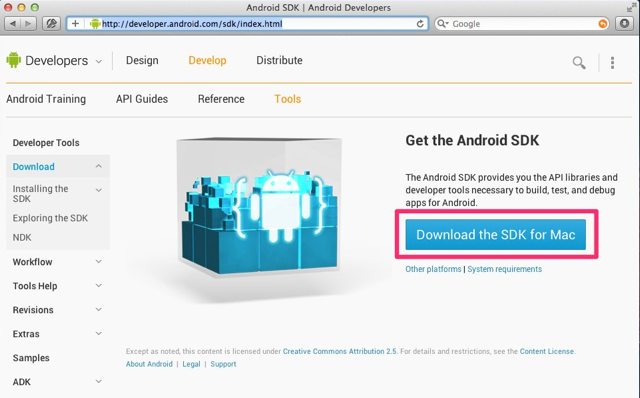The Android SDK separates tools, platforms, and other components into packages you can download using the SDK Manager. For example, when the SDK Tools are updated or a new version ofthe Android platform is released, you can use the SDK Manager to quickly download them toyour environment.
The Android SDK separates tools, platforms, and other components into packages you can download using the SDK Manager. For example, when the SDK Tools are updated or a new version of the Android platform is released, you can use the SDK Manager to quickly download them to your environment. Google has released an all-in-one developer program that includes a full IDE, a virtual machine manager, and, of course, the Android SDK. This is the easiest and most likely the best way to use the Android SDK. All you have to do is download Android Studio from here and follow the instructions on the screen. Go to the Android developer tools page.
You can launch the SDK Manager in one of the following ways:

- From Eclipse (with ADT), select Window > Android SDK Manager.
- From Android Studio, select Tools > Android > SDK Manager.
- On Windows, double-click the
SDK Manager.exefile at the root of the AndroidSDK directory. - On Mac or Linux, open a terminal and navigate to the
tools/directory in theAndroid SDK, then executeandroid sdk.
You can select which packages you want to download by toggling the checkboxes on the left, thenclick Install to install the selected packages.
Figure 1. The Android SDK Manager shows theSDK packages that are available, already installed, or for which an update is available.
There are several different packages available for the Android SDK. The table below describesmost of the available packages and where they're located in your SDK directoryonce you download them.
Recommended Packages
Here's an outline of the packages required and those we recommend you use:

 into yourenvironment so you're able to compile your application. In order to provide the best user experienceon the latest devices, we recommend that you use the latest platform version as your build target.You'll still be able to run your app on older versions, but you must build against the latestversion in order to use new features when running on devices with the latest version of Android.
into yourenvironment so you're able to compile your application. In order to provide the best user experienceon the latest devices, we recommend that you use the latest platform version as your build target.You'll still be able to run your app on older versions, but you must build against the latestversion in order to use new features when running on devices with the latest version of Android. To get started, download the latest Android version, plus the lowest version you plan to support (we recommend Android 2.2 for your lowest version).

Tip: For easy access to the SDK tools from a command line, add thelocation of the SDK's tools/ andplatform-tools to your PATH environment variable.
The above list is not comprehensive and you can add new sites to download additional packages from third-parties.
In some cases, an SDK package may require a specific minimum revision ofanother package or SDK tool.The development tools will notify you with warnings if there is dependency that you need toaddress. The Android SDK Manager also enforces dependencies by requiring that you download anypackages that are needed by those you have selected.
Adding New Sites
By default, Available Packages displays packages available from theAndroid Repository and Third party Add-ons. You can add other sites that hosttheir own Android SDK add-ons, then download the SDK add-onsfrom those sites.
Android Sdk Manager Download Zip
For example, a mobile carrier or device manufacturer might offer additionalAPI libraries that are supported by their own Android-powered devices. In orderto develop using their libraries, you must install their Android SDK add-on, if it's not alreadyavailable under Third party Add-ons.
If a carrier or device manufacturer has hosted an SDK add-on repository fileon their web site, follow these steps to add their site to the Android SDKManager:
- Select Available Packages in the left panel.
- Click Add Add-on Site and enter the URL of the
repository.xmlfile. Click OK.
Any SDK packages available from the site will now be listed under a new item namedUser Add-ons.
Troubleshooting
Problems connecting to the SDK repository
If you are using the Android SDK Manager to download packages and are encounteringconnection problems, try connecting over http, rather than https. To switch theprotocol used by the Android SDK Manager, follow these steps:
Android Sdk Manager Windows 10 Download
- With the Android SDK Manager window open, select 'Settings' in the left pane.
- On the right, in the 'Misc' section, check the checkbox labeled 'Force https://... sources to be fetched using http://...'
- Click Save & Apply.
